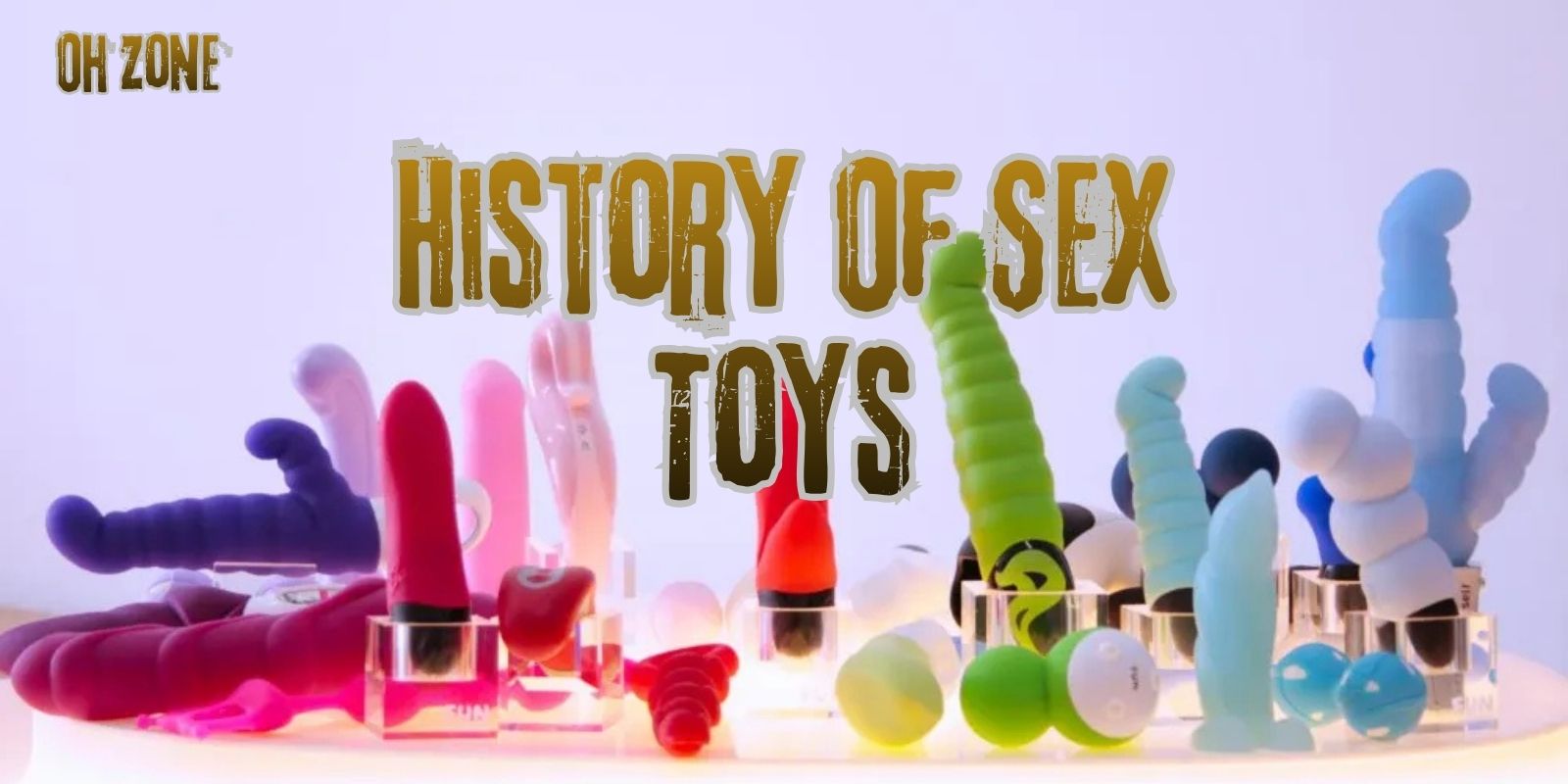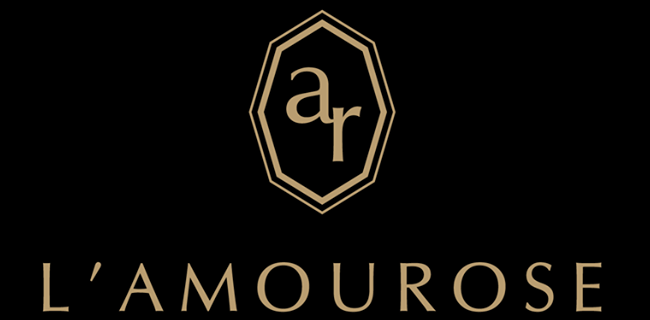The History Of Sex Toys: A Journey Through Pleasure, Innovation, and Cultural Change
History Of Sex Toys: Sex toys may feel like a modern invention, but their story reaches far deeper into human history than most people imagine. Across continents and centuries, people have always found creative ways to enhance pleasure, explore desire, and express sexuality. From ancient stone carvings to today’s high-tech vibrators, the evolution of sex toys mirrors changing social norms, technological progress, and our ongoing curiosity about intimacy. This expanded exploration takes you on a fascinating journey through time, revealing just how integral sexual pleasure has always been to human life.
Table of Contents – History Of Sex Toys
- Sex Toys Have a Deeper History Than Many First Think
- Ancient Greeks Made Dildos Out of Bread
- The Chinese Advanced the Designs of Sex Toys
- Further Experimentation Around the Ming Dynasty
- The First Blow Up Dolls Were Made From Straw
- The First Steam Powered Vibrator Was Sold in 1869
- The Advancements of Modern Technology Revolutionised Sex Toys
- Key Takeaways
- FAQ
- A Final Reflection on Our Evolving Pleasure Culture

Sex Toys Have a Deeper History Than Many First Think
Long before modern materials or technology existed, humans were already experimenting with shaped objects for sexual pleasure. Archaeologists have discovered phallic-shaped artifacts dating back 28,000–30,000 years, carved from stone, bone, and ivory. These artifacts demonstrate not only creativity but also a deep understanding of anatomy and personal stimulation, suggesting pleasure has always been part of the human experience.
Ancient cave art from the Upper Paleolithic era depicts scenes of sexual behaviour involving inanimate tools or aids, further indicating that early humans actively used objects to stimulate themselves and their partners. These findings challenge the assumption that sex toys are a modern phenomenon—people have always explored desire through physical tools, long before society put labels or stigma on such behaviors.
Even historical legends add intrigue. One popular myth claims Cleopatra used the world’s first proto-vibrator by placing buzzing bees inside a hollow gourd. While likely exaggerated, it reflects a long-standing human desire to create pleasurable sensations through ingenuity. For a look at how early designs later influenced modern tools, explore the evolving pleasure devices discussed in our Pleasure Wand guide.
Ancient Greeks Made Dildos Out of Bread
Ancient Greece is known for its open attitudes toward sexuality, and its residents were remarkably inventive when it came to pleasure tools. One of the most surprising historical findings is that many Greek dildos were made from hardened bread. These breadstick dildos, shaped and textured to resemble penises, were widely referenced in artwork and writings of the time.
Playwright Aristophanes famously described a woman planning to substitute a bread dildo during a sex strike in his comedic work Lysistrata, showing that these items were not only used but casually acknowledged in cultural texts. Sexual aids were part of everyday life, not hidden or stigmatized the way they would be centuries later.
Meanwhile, in Ancient Rome, Pliny the Elder documented the use of unusual animal parts for sexual or fertility purposes. Items like the skin of a crane or parts of mythical creatures were sometimes believed to enhance sexual power or healing. These examples show how early societies blended practicality, superstition, and creativity in their pursuit of pleasure.
The Chinese Advanced The Designs of Sex Toys
Shifting to ancient China, the Han dynasty demonstrated sophisticated craftsmanship in the realm of sexual aids. Elite members of society owned beautifully crafted bronze dildos and jade butt plugs, many of which were designed as both functional tools and pieces of art. History Of Sex Toys: These objects reflected high social status and were often buried in tombs for use in the afterlife.
Chinese sexual culture valued balance, self-exploration, and harmony, so the use of pleasure tools was seen as natural and often encouraged. Texts from the era describe techniques for maximizing pleasure and cultivating sexual energy, suggesting a holistic approach to intimacy rather than purely recreational usage.
During the Qing and Song dynasties, innovation flourished. One peculiar invention was the goat’s eyelid cock ring, which featured the eyelash fringe still attached. Though unusual by today’s standards, it represented experimentation with texture and sensation long before the rise of silicone cock rings.
Further Experimentation Around the Ming Dynasty
As China progressed into the Ming dynasty, sexual expression continued to evolve with new materials and ideas. Peasant women used a plant root called the “Cantonese Groin,” shaped naturally like a phallus. These roots were cleaned, dried, and used much like early dildos, showing that pleasure was not restricted to the wealthy.
The Ming period also introduced “Burmese Balls,” small copper or gold objects inserted into the urethra. Legend claimed they contained the sperm of a mythical bird to enhance male sexual pleasure. History Of Sex Toys: Though alarming by today’s safety standards, the idea behind these objects eventually evolved into what we now call Ben Wa Balls—though used very differently and much more safely today.
The ingenuity of this era reflects both curiosity and a desire for enhanced intimate experiences. It also showcases how cultural beliefs, social hierarchy, and available materials shaped the evolution of sex toys in vastly different ways across classes and regions.
History Of Sex Toys: The First Blow Up Dolls Were Made From Straw
The origins of sex dolls date back earlier than many people expect. Sailors on long voyages created makeshift humanoid bodies from straw, stuffing them into clothing and using them for sexual release. These dolls, called dames de voyage, reveal how isolation and long travel encouraged creative solutions for intimacy.
In 1650, philosopher René Descartes shocked a ship crew when they discovered he was traveling with a life-sized female automaton made from leather and metal. History Of Sex Toys: Named after his deceased daughter, Francine, the doll was reportedly thrown overboard by superstitious sailors. Whether Descartes used the automaton for sexual purposes remains debated, but its existence demonstrates early attempts at artificial companions.
These early “dolls” foreshadow the sophisticated silicone and AI-enhanced sex dolls available today. They illustrate how loneliness, isolation, and the desire for companionship have always shaped human sexuality. For more perspectives on loneliness and intimacy, explore the strategies shared in long-distance sex life advice.
The First Steam Powered Vibrator Was Sold In 1869
Many people have heard of the Victorian era’s peculiar treatment for “female hysteria,” which involved manual stimulation to induce “hysterical paroxysm”—or what we now understand to be orgasm. This belief led to the invention of early vibrators marketed as medical devices rather than pleasure tools.
In 1869, Dr. George Taylor invented the Manipulator, the world’s first steam-powered vibrator. History Of Sex Toys: This enormous, table-mounted machine was used by physicians to treat women, though Taylor cautioned against “overindulgence,” recognizing its pleasurable side effects. It marks the beginning of technology intersecting with sexual wellness—albeit unintentionally.
By 1880, Joseph Mortimer Granville patented the first electric vibrator, though he denied its sexual applications. Soon after, devices like the Macaura Pulcoson—a hand-crank vibrator capable of delivering 5,000 vibrations per minute—became popular under the guise of therapeutic massage. The line between medical device and pleasure toy blurred rapidly, even as society resisted acknowledging its true use.
The Advancements of Modern Technology Revolutionized Sex Toys
The 20th century ushered in explosive growth for the sex toy industry, even though early devices were still marketed as massages or beauty aids. The creation of electric models with adjustable intensities helped move vibrators out of clinical settings and into private homes, subtly shifting attitudes around self-pleasure.
The 1960s brought profound change with the introduction of the contraceptive pill and growing recognition of women’s sexual autonomy. Masturbation became associated with liberation rather than shame, and by the 1980s and 90s, sex toys finally entered mainstream culture. The stigma began to fade as companies embraced bright colors, body-safe materials, and designs aimed at enhancing pleasure rather than disguising it.
Today, the industry thrives with remote-controlled toys, suction vibrators, AI-enhanced dolls, and interactive devices that sync with apps or long-distance partners. Articles like the extensive overview on Wikipedia’s Sex Toy entry and historical explorations such as This Curious Life’s journey through sex toy innovation highlight how far we’ve come. Modern consumers have access to everything from discreet lipstick vibes to advanced pleasure wands and remote toys like the Cosmopolitan Flirt, discussed in our in-depth review.
Now you can walk into any adult store and purchase a wide variety of sexual wellness products with comfort and confidence. Society increasingly recognises pleasure as part of human wellbeing, allowing the industry to innovate freely and creatively.
Key Takeaways – History Of Sex Toys
- Sex toys have existed for tens of thousands of years, across cultures and classes.
- Ancient civilizations crafted toys from stone, bone, jade, bread, metal, and even plants.
- The evolution of vibrators is closely tied to medical history, especially the treatment of “female hysteria.”
- Modern acceptance of masturbation and pleasure has transformed the sex toy industry into a thriving wellness sector.
- Today’s toys combine body-safe materials with smart technology for personalized, long-distance, and interactive experiences.

FAQ – History Of Sex Toys
Were ancient sex toys really used for pleasure?
Yes. Archaeological findings and historical texts strongly support that early tools were designed for stimulation, ritual use, or both. Pleasure has always been an integral part of human behaviour.
Did Cleopatra truly invent the first vibrator?
The story of Cleopatra’s buzzing bees is likely a myth, but it reflects early attempts to create vibrating sensations. While not scientifically confirmed, it remains a popular historical anecdote.
Why were early vibrators marketed as medical devices?
Social attitudes made it unacceptable to openly market pleasure devices, so vibrators were instead sold as tools to treat “female hysteria,” muscle tension, or circulatory issues—even though pleasure was clearly involved.
When did sex toys become mainstream?
Sex toys gained mainstream acceptance around the 1980s–90s, helped by sexual liberation movements, improved materials, and companies marketing toys for pleasure rather than medical use.
How has technology changed sex toys today?
Modern toys use silicone, advanced motors, apps, Bluetooth connectivity, and remote features that allow interactive and long-distance play. These innovations make toys safer, more enjoyable, and more accessible than ever.
A Final Reflection on Our Evolving Pleasure Culture
The History Of Sex Toys is a testament to human creativity, resilience, and curiosity. Across thousands of years, people found ways to pursue pleasure even when society resisted, using the materials and knowledge available to them. Today’s innovations—from smart vibrators to long-distance intimacy devices—are simply the newest chapter in our long story of exploring touch and connection.
Sexual wellness is now recognized as part of overall wellbeing, and modern toys empower people to understand their bodies, deepen relationships, and embrace pleasure without shame. The evolution of sex toys mirrors our evolving relationship with intimacy, autonomy, and self-expression.
Whether you prefer ancient symbolism or futuristic stimulation, the world of sexual exploration has never been richer, more inclusive, or more accessible. Your own journey with pleasure continues the legacy of thousands of years of human desire, crafted curiosity, and joyful experimentation.








